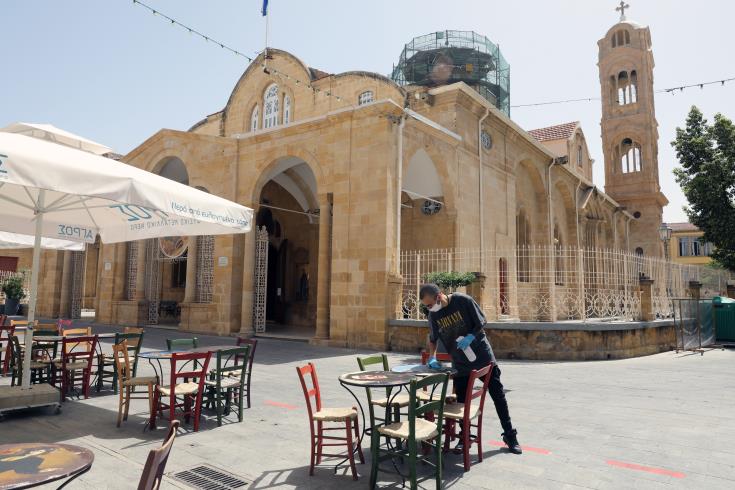Hourly labour costs decreased in Cyprus by 1.7% in the first quarter of 2021, while in the rest of the euro area, they increased 1.5% year-on-year; it was a higher 1.7% in the EU27.
Also, in Cyprus, the wage part of labour costs fell -2.4%, and other costs increased by 1.5%.
In Q4 2020, hourly labour costs increased by 2.8% and 3.2%, respectively.
The two main components of labour costs are wages and salaries and non-wage costs.
In the euro area, the costs of wages and salaries per hour worked grew by 2.2%, while the non-wage component dropped by 0.9% in Q1, compared with the same quarter last year.
In Q4 2020, the annual changes were +3.5% for wages & salaries and +0.8% for the non-wage component.
For the EU, the costs of hourly wages & salaries increased by 2.6%, and the non-wage component decreased by 1.0%.
In the fourth quarter of 2020, the annual change in wages & salaries was +3.8% and the non-wage component +1.1%.
In both the EU and the euro area, the non-wage component moderated the growth in hourly labour costs due to the tax reliefs and subsidies granted by EU governments to support enterprises affected by the crisis
In Q1 2021, compared with the same quarter of the previous year, hourly labour costs in the euro area rose by 1.9% in the (mainly) non-business economy and by 1.3% in the business economy: 1.2% in industry, 0.9% in construction and 1.3% in services.
In the EU, hourly labour cost grew by 2.3% in the (mainly) non-business economy and 1.4% in the business economy: 1.5% in industry, 1.2% in construction and 1.4% in services.
Annual economic activities that recorded the highest increases in hourly wage costs were:
‘Arts, entertainment and recreation’ (+8.3% against +10.8% in the fourth quarter 2020), followed by ‘Accommodation and food service activities’ (+6.1% against +8.5%), ‘Human health and social work activities’ (+4.5% against +6.1%), ‘Other service activities’ (+4.4.% against +6.6%), ‘Information and communication’ (+4.2% against +3.7%) and ‘Mining and quarrying’ (+4.1% against +6.4%).
In most cases, the rise in hourly wages could be explained by a reduction in the number of hours actually worked due to full or partial lockdowns, while wages were broadly maintained through the support measures introduced by governments in the context of the COVID-19 crisis.
The economic activities that recorded the biggest decrease in the non-wage component were: ‘Arts, entertainment and recreation’ (-19.1% against -5.4% in the fourth quarter 2020), followed by sections ‘Accommodation and food service activities’ (-10.5% against -18.5%), ‘Administrative and support service activities’ (-4.2% against -1.0%) and ‘Transportation and storage’ (-4.1% against -2.2%).










